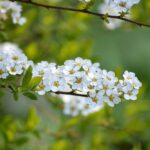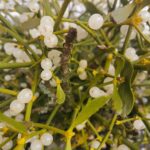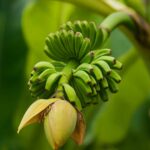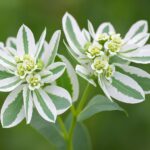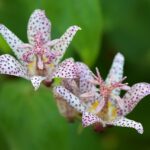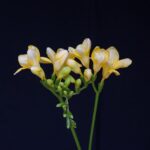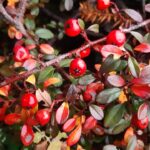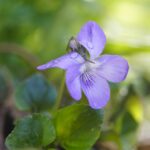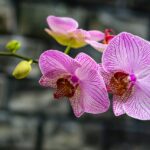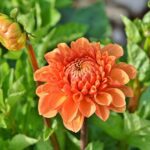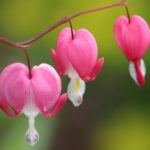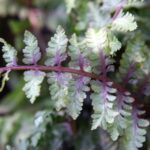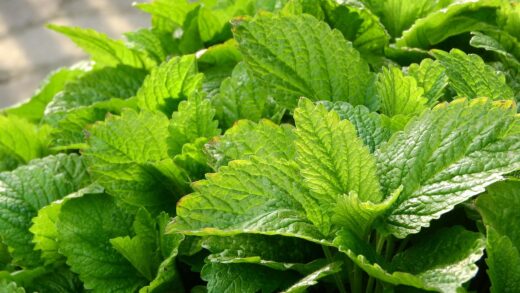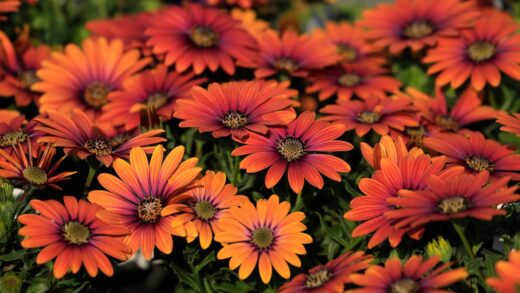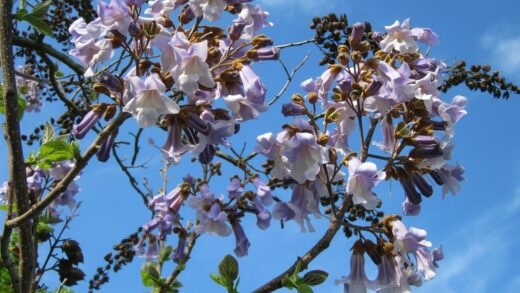Lemon balm, scientifically known as Melissa officinalis, is a popular medicinal and culinary herb native to the Mediterranean region, whose water management and irrigation needs are crucial for successful cultivation. Although its Mediterranean origin makes it relatively well-adapted to drier periods, achieving an abundant, aromatic leaf yield and high essential oil content requires a balanced and consistent water supply. The plant’s relatively shallow root system reacts sensitively to the drying of the upper soil layer, so the method and timing of irrigation fundamentally determine the plant’s growth rate and the quality of the harvest. Therefore, the cultivation technology must be based on a well-designed irrigation strategy that considers the plant’s physiological characteristics.
The root system of lemon balm is typically fibrous and branching, located primarily in the top 20-30 centimeters of the soil. This morphological feature allows the plant to quickly and efficiently absorb water from light rains or surface irrigation. However, this same characteristic makes it vulnerable during prolonged dry spells when the soil surface rapidly loses its moisture content. Unlike deep-rooted plants, lemon balm cannot draw water from the lower soil layers, so it is the grower’s task to continuously provide optimal moisture levels in the root zone. A loose, well-draining soil structure that can also retain water is essential for the healthy development of the roots.
A central role in the plant’s water management is played by transpiration, the evaporation of water through the leaves. The wide, thin leaves of lemon balm create a large surface area for evaporation, which leads to significant water loss, especially on hot, windy summer days. The stomata, or gas exchange pores on the leaves, regulate water release and carbon dioxide uptake; however, in case of water deficit, they close, which inhibits photosynthesis and ultimately reduces growth, yield, and quality. The temporary wilting observed during the midday hours is the first visible sign of water stress, indicating that the plant’s transpiration rate is exceeding its water uptake rate.
An adequate water supply has a direct impact on the most valuable part of lemon balm: its essential oil production. Although moderate water stress can sometimes concentrate secondary metabolites like essential oils in some plants, in the case of lemon balm, prolonged or severe water deficit has a clearly negative effect. Under such conditions, the plant’s growth is stunted, the leaves remain smaller, and the quantity and quality of the essential oils that provide the characteristic lemon scent, such as citral and citronellal, decrease significantly. In commercial cultivation, where essential oil content and fresh shoot yield are the main goals, a continuously optimal water supply is crucial for economic success.
Optimal timing and amount of irrigation
When planning irrigation, one must move away from rigid, calendar-based watering schedules and focus on monitoring the actual condition of the soil moisture. For home gardeners, the simplest method is the “finger test”: by examining the top 5-10 centimeters of the soil, it is easy to determine if it is dry. In professional cultivation, various soil moisture meters, such as tensiometers, are common, providing precise data on the water content of the root zone. The fundamental goal of irrigation is to maintain the soil moisture at field capacity, avoiding both desiccation and the waterlogging that results from overwatering, which can lead to root suffocation.
More articles on this topic
The water requirement of lemon balm changes dynamically throughout the growing season. After planting or spring emergence, water consumption is still moderate, then it increases sharply during the phase of intensive vegetative growth, parallel to the development of stems and leaves. Its highest water demand typically occurs during the hot summer months, in the period leading up to the first harvest. Lemon balm is a perennial plant that can be cut multiple times in a season; after each cutting, an adequate water supply is essential for the plant to have enough strength for vigorous regrowth. In the late summer and autumn period, the water requirement gradually decreases.
As a general guideline for determining the amount of water, it can be said that during its peak period, lemon balm requires a water amount equivalent to approximately 25-40 millimeters of precipitation per week, including both natural rain and irrigation. This corresponds to 25-40 liters of water per square meter. It is important to emphasize that this is only an estimated value that must always be adjusted to local conditions, taking into account soil type, temperature, humidity, wind speed, and plant density. For example, a loose, sandy soil requires more frequent but smaller water applications than a heavier, clay soil that retains moisture better.
The timely recognition of signs of water stress and overwatering is crucial for maintaining the plant’s health. The first sign of water stress is the wilting of leaves during the hottest hours of the day, which may initially recover overnight. Later, the lower leaves begin to yellow and dry out, growth slows down, and the shoots become stunted and thin. Conversely, overwatering, due to the oxygen-deficient state of the root zone, can also lead to yellowing of the leaves (chlorosis), as well as general lethargy, cessation of development, and root rot.
Effective irrigation methods for lemon balm cultivation
The most effective and highly recommended method for irrigating lemon balm is drip irrigation. This technology delivers water directly to the base of the plants, into the root zone, minimizing water loss through evaporation and the watering of weeds. Since the foliage remains dry, drip irrigation significantly reduces the risk of fungal diseases, such as powdery mildew, to which lemon balm can be susceptible. Due to the dual advantages of water conservation and disease prevention, this method is considered the most modern for both home gardens and professional, large-scale cultivation. The system also allows for fertigation, whereby nutrients can be applied in a targeted manner along with the water.
More articles on this topic
Sprinkler and overhead irrigation methods, although easier and cheaper to install over large areas, are less efficient and pose more risks. With sprinkler irrigation, the entire plant stand gets wet, which, due to moisture lingering on the leaves, promotes the spread of pathogens, especially downy mildew and powdery mildew. In addition, water loss is significant due to evaporation and wind drift. If this method is used, it is crucial to irrigate in the early morning hours so that the foliage has time to dry completely before nightfall.
Furrow irrigation is a traditional method used in field cultivation, where furrows created between the plant rows are flooded with water. The advantage of this method is the lower initial investment cost, but its disadvantages include higher water consumption compared to drip irrigation and the risk of uneven water distribution. The effectiveness of furrow irrigation largely depends on the slope of the area and the water conductivity of the soil; it is most successfully applied on flat areas and with heavier soils. This method can also promote the spread of soil-borne diseases.
The water needs of lemon balm grown in containers or raised beds deserve special attention. Due to the small volume of the growing medium, the soil in pots and raised beds dries out much faster than garden soil, thus requiring more frequent watering, even daily during the summer heat. It is essential to have proper drainage holes at the bottom of the container to prevent waterlogging and root suffocation. It is recommended to use a high-quality, loose-structured potting mix that contains a proper balance of components for water retention and drainage of excess water.
The role of soil quality and mulching in water management
Optimizing the water management of lemon balm is not limited to irrigation; soil quality is an equally decisive factor. The ideal soil for lemon balm is a well-draining, nutrient-rich, loamy soil with a loose structure that can both retain moisture and drain the excess. To improve soil structure, overly heavy, clay soils can be made looser and better draining by incorporating organic matter such as mature compost or manure. In the case of overly loose, sandy soils, the same organic materials increase water and nutrient retention capacity, reducing the risk of leaching.
Organic matter plays a crucial role in improving the soil’s water balance. Compost, humus, and other organic decomposition products function like a sponge in the soil: they absorb water during irrigation or rainfall and then release it slowly and gradually to the plant roots. This buffering effect helps to bridge short dry periods and provides a more even water supply for the plant. In addition, organic matter improves the crumbly structure of the soil, promotes soil life, and contributes to the development of a healthy, extensive root network, which also increases the plant’s drought tolerance.
Mulching is one of the most effective agronomic techniques for conserving soil moisture. A layer of organic mulch—such as straw, wood chips, grass clippings, or compost—spread on the soil surface significantly reduces water loss from evaporation. The mulch layer also prevents the growth of weeds that would compete with the lemon balm for water and nutrients. A further advantage is that it moderates soil temperature fluctuations, keeping the root zone cool in summer and protecting against severe frosts in winter. Organic mulches decompose over time, further enriching the soil with nutrients and humus.
For the most effective water management, mulching and modern irrigation techniques should be combined. A drip irrigation system installed under a layer of mulch represents the pinnacle of water-saving technology. With this solution, water is delivered directly to the roots, and evaporation loss is practically reduced to zero. This integrated approach not only minimizes the amount of water used but also promotes a healthy, active soil life, which ultimately results in more vigorous, resilient plants and a more abundant, higher-quality harvest. The secret to successful lemon balm cultivation, therefore, lies in a holistic approach built on the unity of soil, irrigation, and mulching.


